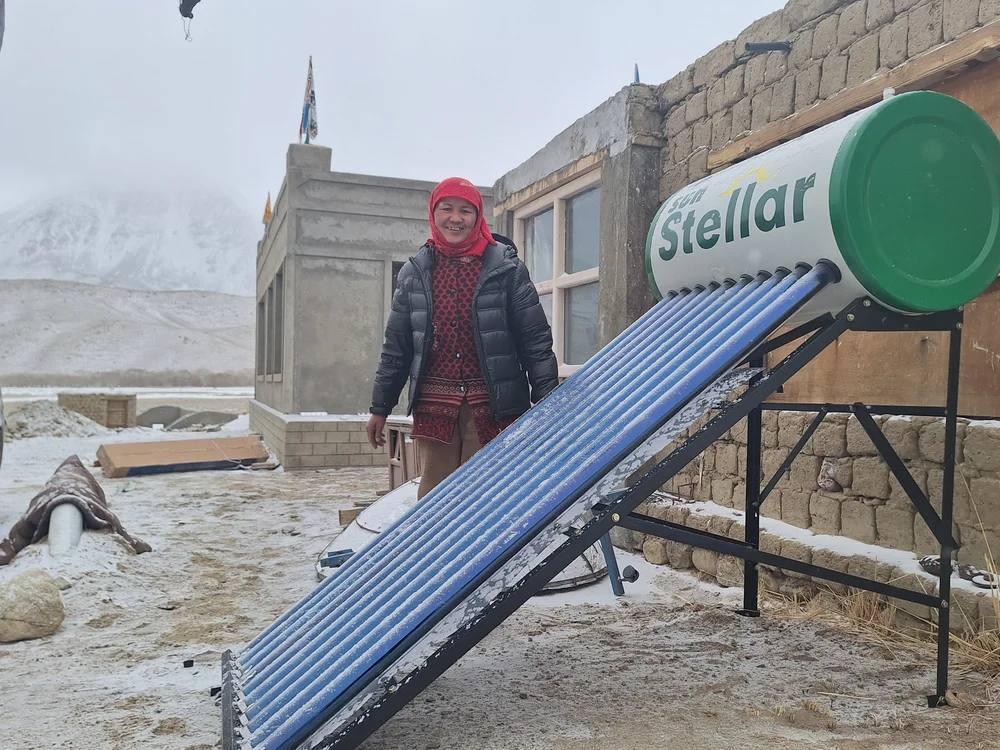The Challenge
In the remote highlands of Ladakh, where the majestic Himalayas dominate the landscape, life comes with unique challenges. Among them, access to warm water is particularly difficult during the frigid winters. Traditionally, locals rely on nature-based solutions, but harsh weather often hinders these efforts. Warm water, essential for cooking, cleaning, and bathing, typically requires burning firewood or kerosene, depleting natural resources and causing indoor pollution. A family of five can consume up to 500 kg of firewood annually just for heating water, resulting in roughly 900 kg of CO2 emissions, reflecting the broader environmental impact across the region.





















0 Comments